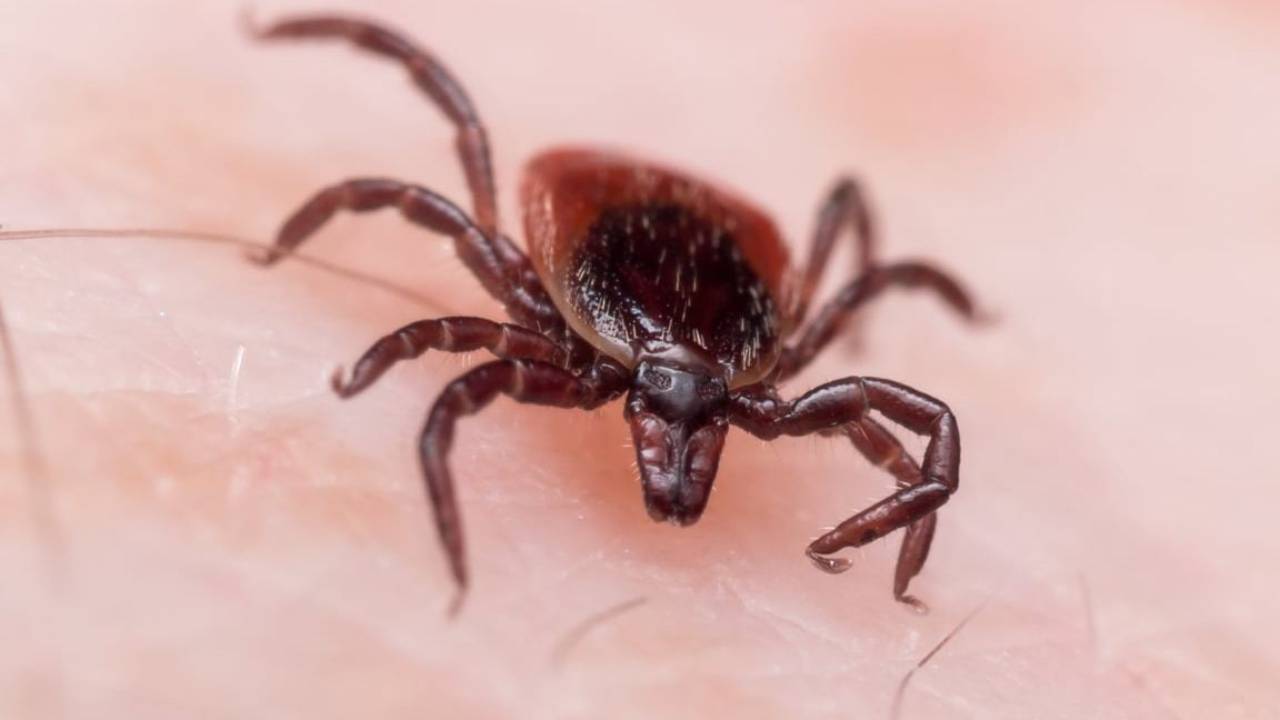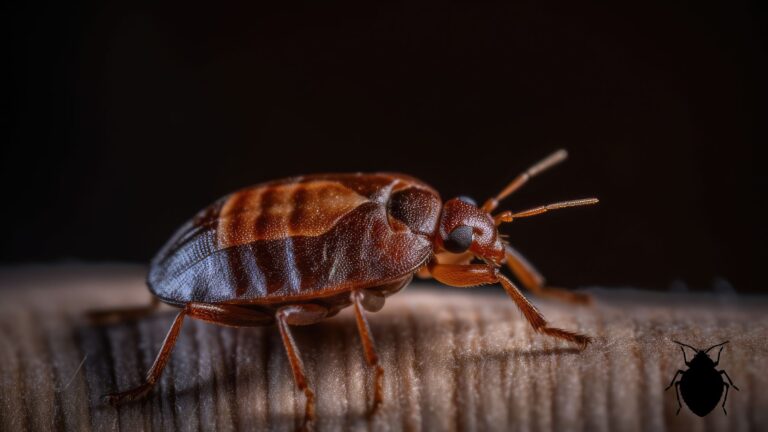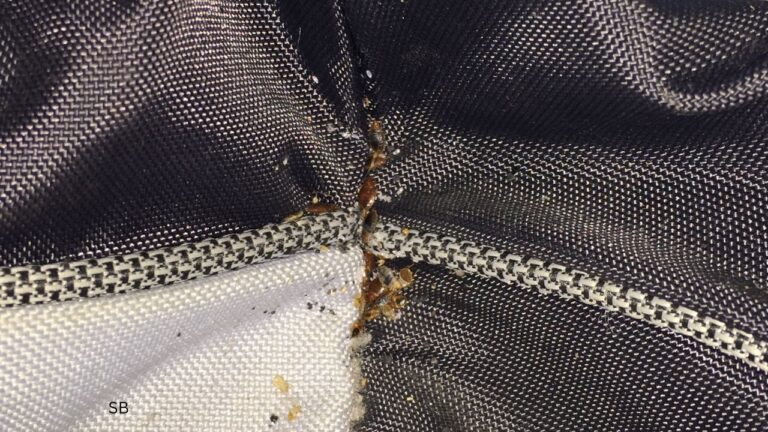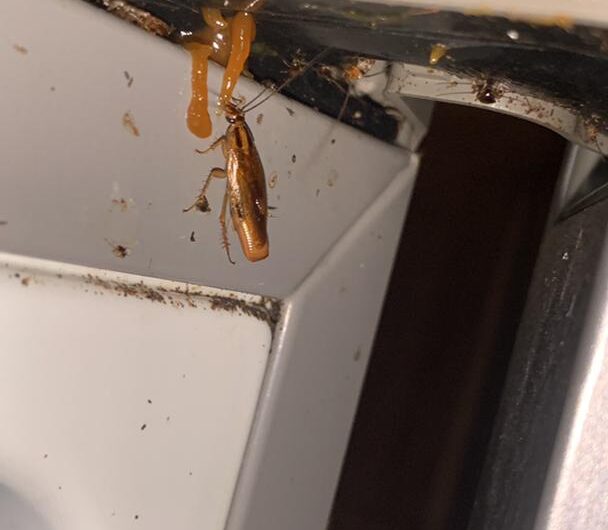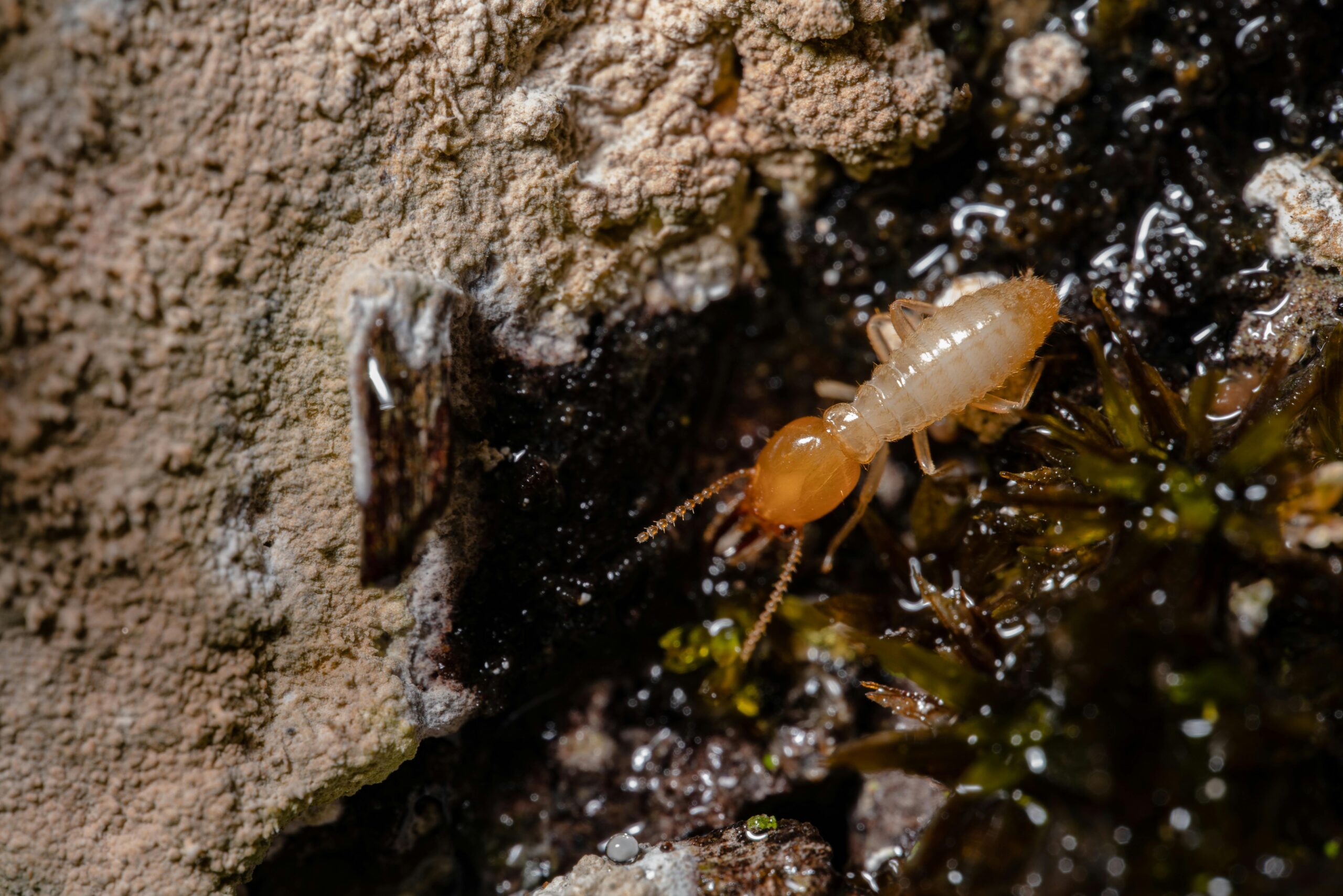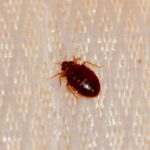Ticks, often mistaken for insects, are actually arachnids, a group that includes scorpions, spiders, and mites. Unlike insects, which have three pairs of legs and one pair of antennae, adult ticks possess four pairs of legs and lack antennae. These creatures are remarkably efficient disease carriers, as they attach firmly while feeding, which can go unnoticed for several days. Their feeding process takes time, making them particularly dangerous in terms of disease transmission.
Ticks go through four distinct life stages: egg, six-legged larva, eight-legged nymph, and adult. After hatching, the tiny larva, sometimes called a “seed tick,” seeks out a suitable host for its first meal. Once it feeds, the larva molts into a larger nymph, which also requires a blood meal to mature into an adult. Both male and female adults then seek hosts to feed on, with females laying eggs after feeding.
Ticks wait for potential hosts at the tips of grasses and shrubs, rather than from trees. When brushed against by a moving animal or person, they quickly release their grip on the vegetation and climb onto the host. Ticks can only crawl; they lack the ability to fly or jump. If you find a tick on your scalp, it likely crawled there from lower parts of your body. Some species can cover several feet to reach a host. Interestingly, ticks can remain active even in winter, as long as ground temperatures reach around 45°F.
Ticks are divided into two main groups: “hard” ticks and “soft” ticks. Hard ticks, like the common dog tick, feature a hard shield behind their mouthparts (often mistakenly referred to as the “head”), while unfed hard ticks resemble flat seeds. Soft ticks, on the other hand, lack this hard shield and are shaped more like large raisins. They primarily feed on birds or bats and are less frequently encountered unless these animals are nesting or roosting in occupied buildings.
In addition to personal protection and habitat management, controlling tick populations can also involve reducing the abundance of alternative hosts. This method has been advocated in various regions for controlling three-host ixodid ticks, such as Rhipicephalus appendiculatus, Amblyomma hebraeum, and Ixodes rubicundus in Africa, as well as Hyalomma species in southeastern Europe and Asia. By managing or removing certain host populations—such as rodents, birds, or larger mammals—it’s possible to disrupt the ticks’ life cycle and decrease their numbers. However, this approach must be executed carefully to avoid unintended ecological impacts.
Understanding ticks and their behaviors is crucial for implementing effective control measures and prevention strategies.

The Life Cycle of Ticks
Ticks undergo four life stages: egg, larva, nymph, and adult. Each stage presents an opportunity for transmission of diseases to hosts:
- Eggs: Ticks lay hundreds of eggs in the spring, which hatch into larvae.
- Larvae: Also known as “seed ticks,” these six-legged young ticks require a blood meal from a host (often small mammals or birds) to grow.
- Nymphs: After molting, larvae become eight-legged nymphs. They are more likely to bite humans and can transmit diseases like Lyme disease and Anaplasmosis.
- Adults: Both male and female ticks seek out larger hosts (including humans) to feed on before mating. Females require a blood meal to lay eggs.
Tick Behavior and Habitat
Ticks are adept at waiting for hosts, positioning themselves at the tips of grasses and shrubs. They can sense body heat and carbon dioxide emitted by potential hosts, dropping onto them as they brush against the vegetation. Unlike insects, ticks cannot fly or jump; they crawl onto their hosts and can remain attached for several days while feeding.
Interestingly, ticks can remain active during winter when ground temperatures reach around 45°F, making it crucial to be vigilant year-round.
Common Types of Ticks
In Illinois, there are at least 15 tick species, but only a few are frequently encountered by people:
- American Dog Tick: Commonly found in grassy areas, known for transmitting Rocky Mountain spotted fever.
- Lone Star Tick: Recognizable by a distinctive white spot on its back, can transmit Lyme disease and other illnesses.
- Black-Legged (Deer) Tick: A significant carrier of Lyme disease.
- Brown Dog Tick: Typically found in homes, can transmit canine diseases.
- Winter Tick: Primarily affects large mammals like deer.
Health Risks Associated with Ticks
Ticks are notorious for transmitting various diseases, including:
- Lyme Disease: Caused by the bacterium Borrelia burgdorferi, primarily transmitted by black-legged ticks.
- Rocky Mountain Spotted Fever: Caused by Rickettsia rickettsii, commonly spread by American dog ticks.
- Anaplasmosis: A bacterial infection spread by black-legged ticks.
- Babesiosis: A malaria-like illness caused by parasites transmitted by ticks.
Symptoms of Tick-Borne Diseases
Symptoms can vary widely but may include:
- Fever and chills
- Fatigue
- Muscle and joint aches
- Rashes (in some diseases like Lyme)
- Severe headaches
It’s vital to seek medical attention if you suspect you’ve been bitten and develop any of these symptoms.
Control Measures and Prevention Methods
Preventing tick bites involves a combination of awareness, personal protection, and landscape management:
1. Personal Protection
- Wear Protective Clothing: When outdoors, wear long sleeves, long pants, and tuck pants into socks. Light-colored clothing makes it easier to spot ticks.
- Use Insect Repellent: Apply EPA-registered insect repellents containing picaridin, or oil of lemon eucalyptus to exposed skin and clothing.
- Perform Tick Checks: After spending time outdoors, check your body, especially in warm and hidden areas like the scalp, behind ears, underarms, and between legs.
- Shower After Outdoor Activities: Showering within two hours of being outdoors can help wash off unattached ticks.
2. Landscape Management
- Create Tick-Safe Zones: Keep yards clear of tall grasses and dense vegetation. Create a barrier with wood chips or gravel between wooded areas and lawns.
- Control Deer Populations: Reducing deer populations can decrease the number of ticks, as deer are significant hosts for adult ticks.
- Regularly Mow Lawns: Keeping grass short and maintaining landscaping can help minimize tick habitats.
3. Pet Care
- Use Tick Preventatives: Talk to your veterinarian about tick prevention products for your pets, as ticks can easily latch onto them and be brought into the home.
- Check Pets for Ticks: Regularly check pets after walks or outdoor play.
Ticks pose a serious health risk, but with the right knowledge and preventative measures, we can significantly reduce our chances of encountering them. Awareness and proactive actions are essential to protect yourself, your family, and your pets from tick-borne diseases. Need help in getting rid of ticks contact us at SB Fumigation Services


